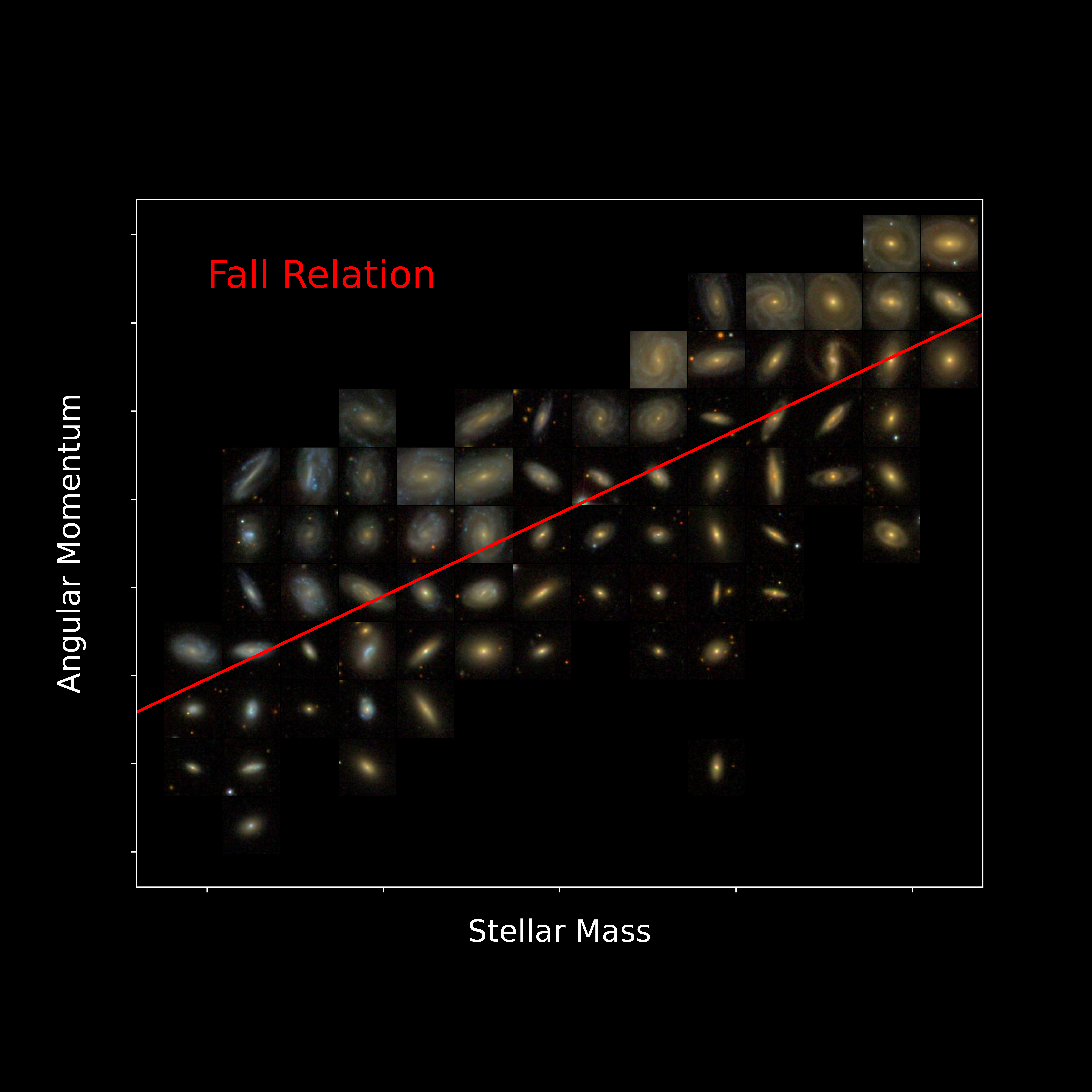
Sometimes I look at observational astronomy results and realize I have no idea why the universe does some of the things it does and am really glad I am not a theoretical astronomer and responsible for figuring out some of these mysteries.
Using archival data from the Arecibo Radio Observatory, astronomers have revisited an idea from the 80s. In 1983, Michael Fall suggested that the amount of mass tied up in a galaxy’s stars and its rotation rate should couple. I’m specifically saying stellar mass not the total mass of the galaxy. The idea is that the more mass in a galaxy is in stars, the more angular momentum it’s going to have. This is a weird new version of the rotating hoop vs rod vs disk problem from physics.
While this idea was put forth in 1983, we didn’t have the ability to actually sort out if Fall was right until now, and graduate student researcher Jennifer Hardwick looked at 564 galaxies using Arecibo data and images from optical surveys, and she found that yes, there is a relationship. As the amount of mass tied into stars goes up, the angular momentum of how the entire galaxy rotates goes up.
This raises a whole lot of questions that go back to all the reasons college students hate angular momentum and calculating moments of inertia and tells us the gas evolution of a galaxy makes things a lot more interesting – or at least more complicated – than previously thought. With the loss of Aricebo, it will be many years before this work can be advanced too much more; we need to wait for the Square Kilometer Array and other next-generation telescopes to become active before we can learn more.
More Information
ICRAR press release
“xGASS: characterizing the slope and scatter of the stellar mass – angular momentum relation for nearby galaxies,” Jennifer A. Hardwick et al., to be published in Monthly Notices of the Royal Astronomical Society (preprint on arxiv.org)



